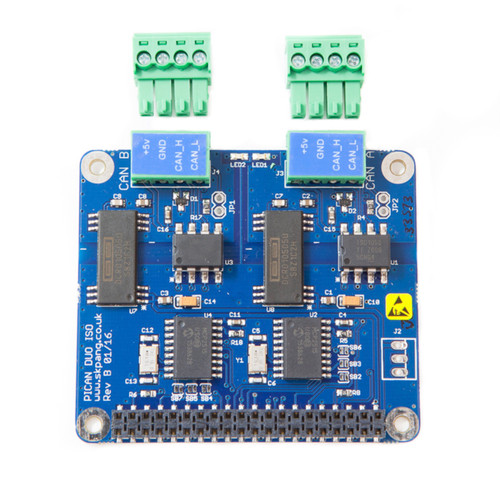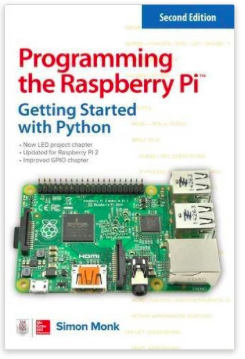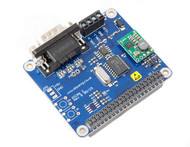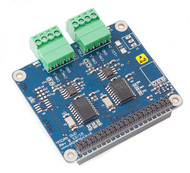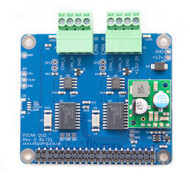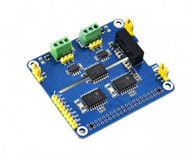- Home
- Raspberry Pi
- PiCAN2 Duo Isolated CAN-Bus Board for Raspberry Pi
PiCAN2 Duo Isolated CAN-Bus Board for Raspberry Pi
Product Description
Please consider the alternative:
Raspberry Pi 4 Compatibility
The PiCAN board is fully compatible with the new Raspberry Pi 4 Model B.
Features
- Two galvanically isolated CAN Bus channels
- 70 mA 5 VDC output per channel that can be use to power other CAN Bus nodes
- CAN Bus v2.0B at up to 1 Mb/s
- High speed SPI Interface (10 MHz)
- Standard and extended data and remote frames
- CAN Bus connection screw terminal
- 120 Ohm terminator ready
- Four fixing holes, in compliance with Pi HAT standard
- SocketCAN driver, appears as can0 and can1 to application
- Interrupt RX on GPIO25 and GPIO24
Galvanic Isolation
High noise levels on a CAN bus network have the potential to destroy CAN bus transceivers. This noise originates mainly from two sources, ground loops and electrical line surges. Protecting a network against this destructive energy requires the galvanic isolation of the CAN bus system from other local node circuitry.
For more information, see: Galvanically Isolated CAN Bus Transceivers Protect Networks Against Destructive Energy...
Debian Jessie (And Newer) Modifications
Linux CAN Driver Patch
Other Resources
- What is Debian Jessie?...
- Raspberry Pi Proven To Withstand Extended Temperature Range...
- SAE J1939 ECU Simulator and Data Monitor for Raspberry Pi...
- Monitoring SAE J1939 Data Using The Raspberry Pi Plus PiCAN2 CAN Bus Interface Board...
- PiCAN2 Duo CAN Bus Board for Raspberry Pi - Functionality Test...
Cables
- OBD2 16pin Cable Open End - Use Board Settings for OBD-II...
- SAE J1939 9pin Cable Open End - Use Board Settings for Standard CAN...
Programming the Raspberry Pi - Getting Started with Python
Learn to create innovative programs and fun games on your powerful Raspberry Pi―with no programming experience required. This practical book has been revised to fully cover the new Raspberry Pi 2, including upgrades to the Raspbian operating system. Discover how to configure hardware and software, write Python scripts, create user-friendly GUIs, and control external electronics. DIY projects include a hangman game, RGB LED controller, digital clock, and RasPiRobot, complete with an ultrasonic rangefinder.
- Set up your Raspberry Pi and explore its features
- Navigate files, folders, and menus
- Write Python programs using the IDLE editor
- Use strings, lists, functions, and dictionaries
- Work with modules, classes, and methods
- Create user-friendly games using Pygame
- Build intuitive user interfaces with Tkinter
- Attach external electronics through the GPIO port
- Add powerful Web features to your projects
 Loading... Please wait...
Loading... Please wait...

